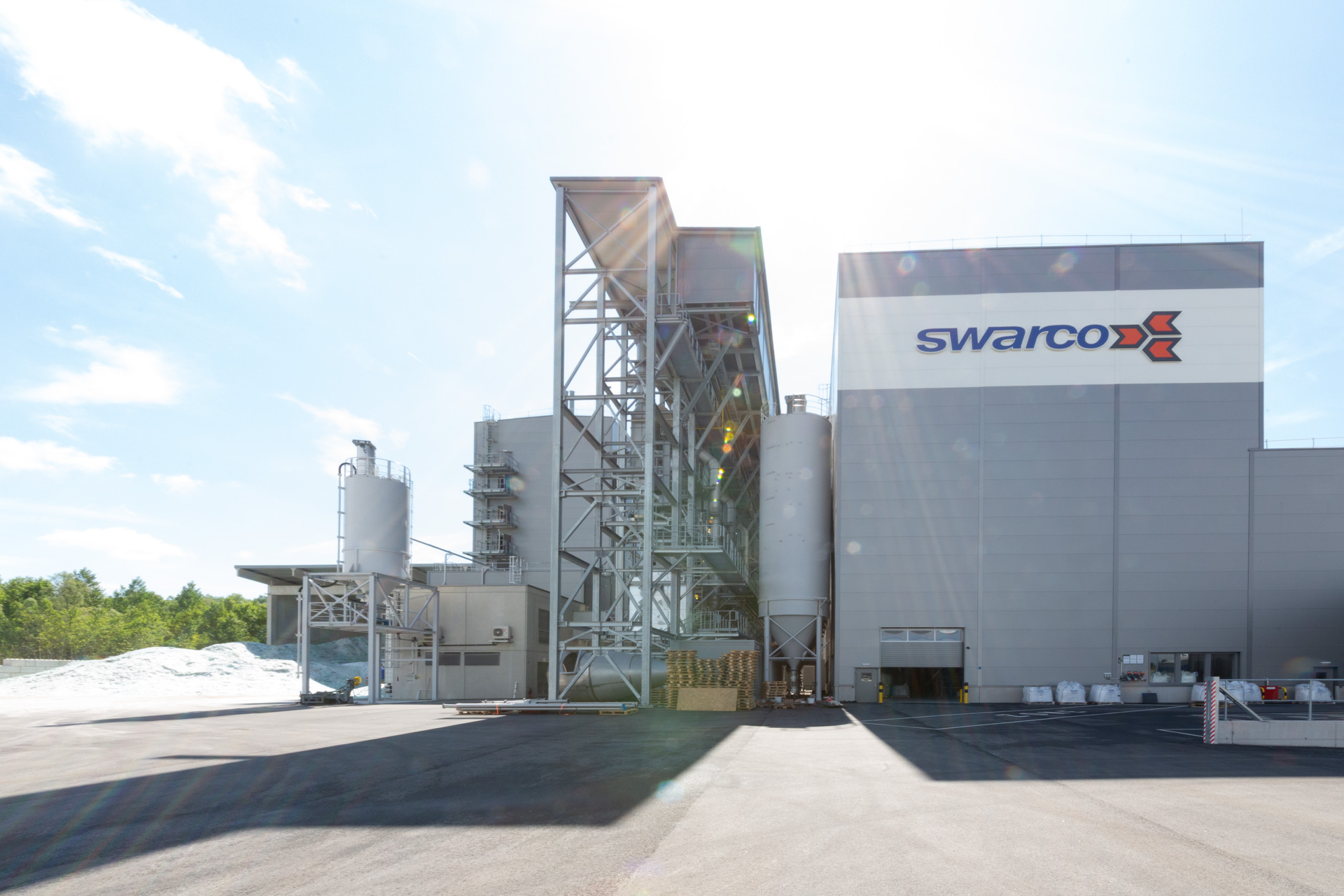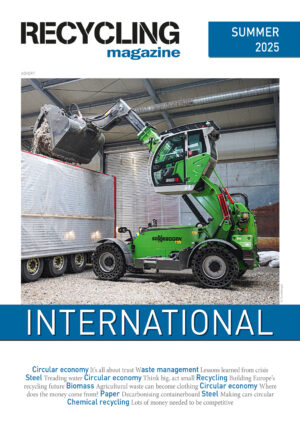Redwave has designed and constructed a new processing plant for Swarco that produces reflective glass beads. These glass beads are produced from flat glass industrial waste and are primarily used for road and airport markings to ensure traffic safety.
After more than 50 successful years at its Amstetten (Austria) site, M. Swarovski GmbH has recently moved to a new home to aid in increasing production capacity—the Swarco Global Glass Beads Technology Center in Neufurth. At the new site, industrial flat glass waste is processed into high-quality reflective glass beads. The production processes at the new site were designed to be energy self-sustaining. All raw materials are handled as efficiently as possible to fully utilise their potential. The waste heat from the melting tanks flows back into the building’s heating system. Even the dust particles from the filter systems are recycled directly in the factory.
The reflective glass beads produced in the plant are subsequently used as high-quality road marking material, as well as for special industrial applications.
Redwave designed, supplied, and installed the plant in which broken glass pieces are processed into mixed grain sized granulate. Overcoming the wear issue created during this process is of utmost importance, as extended runtime with minimal maintenance and effort is the prerequisite.
In the first step, flat glass fragments are fed into the bunker. Depending on weather conditions and the time of year, wet feed material can be dried in a drum dryer and then crushed via a jaw crusher and an impact mill. The granulate is then pre-fractionated on a coarse sieve and fed onto two fine sieves. In the secondary grinding stage, a roller crusher helps ensure the size of the granules. As an additional measure, a separate light material is integrated into the process to ensure high product quality. The granulate is then sieved to ensure the desired grain size distribution of the end products in advance.
The glass granulates are fed to the blast furnaces via an elevator. The granulate is heated and melted in energy-efficient shaft furnaces. Due to high surface tension, the liquid glass particles contract and the ideal spherical shapes are created. Every second, several million irregularly shaped glass particles are turned into precise microspheres. After this thermal shaping process, the cooled beads are tested in the laboratory. The desired end product is created by mixing the individual grain sizes. The correct size of the beads is decisive for the ideal effect regarding different areas of application.











